
Direction signals When to indicate and use horn, headlights & arm signals
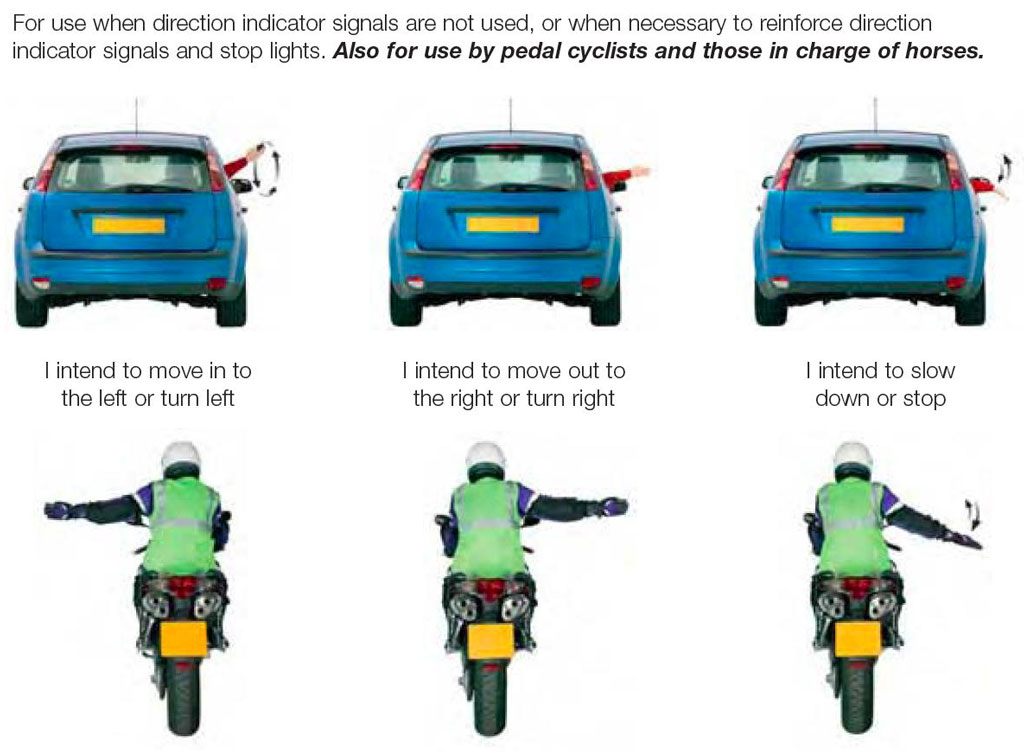
No problem. You've got your trusty hands. If your car lights malfunction while driving, knowing how to use hand signals becomes crucial for indicating turns or stops until repairs are made. Now we understand why it's essential not just to know but also to be able to use those old-school yet highly effective driver signs.
HIGHWAY SAFETY CODE
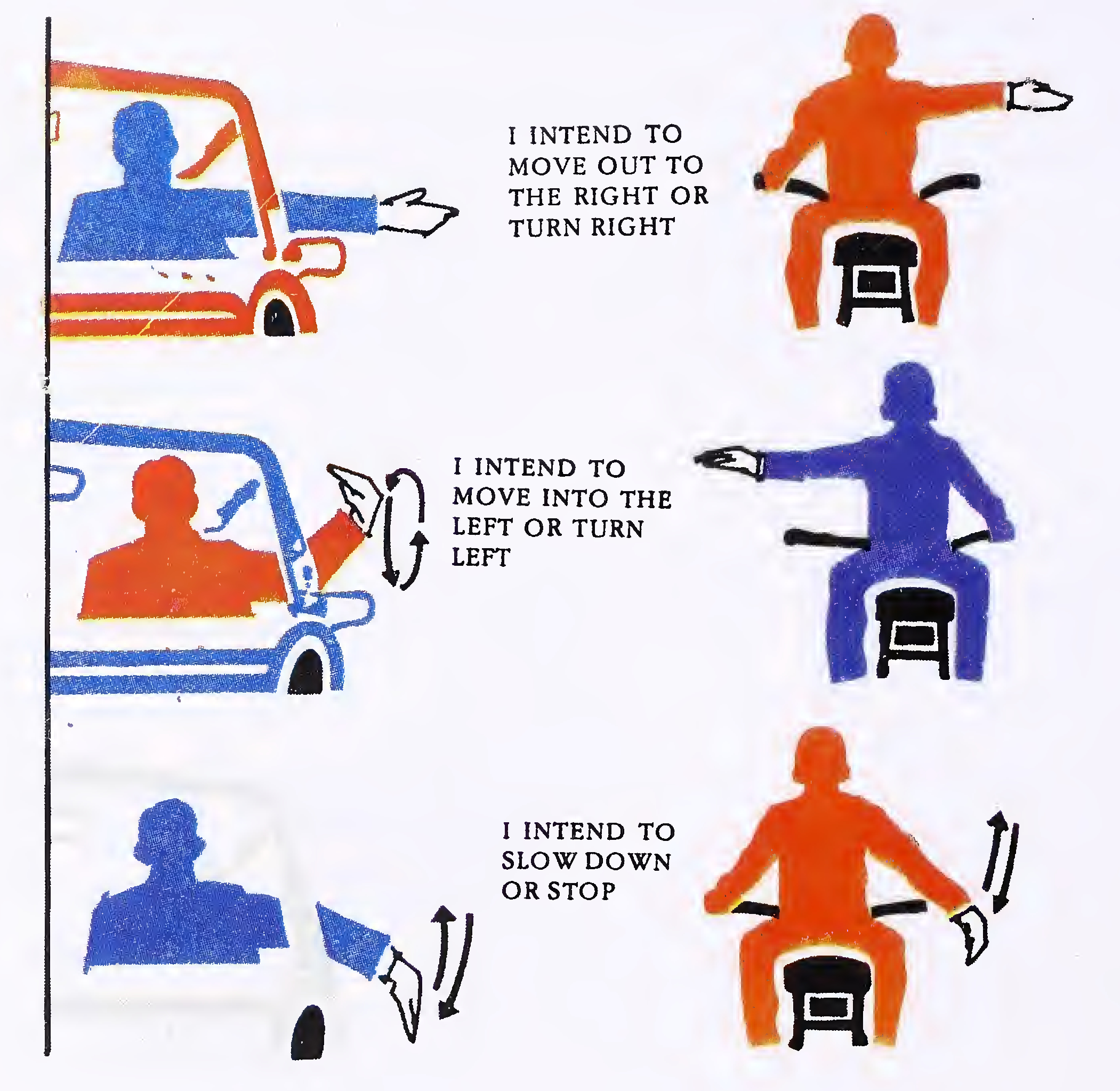
Hand Turn Signals for Driving - In The Garage with CarParts.com Learn the basic hand turn signals for driving so you know what to do in case your turn indicators or brake lights suddenly malfunction.
Tactical hand signals
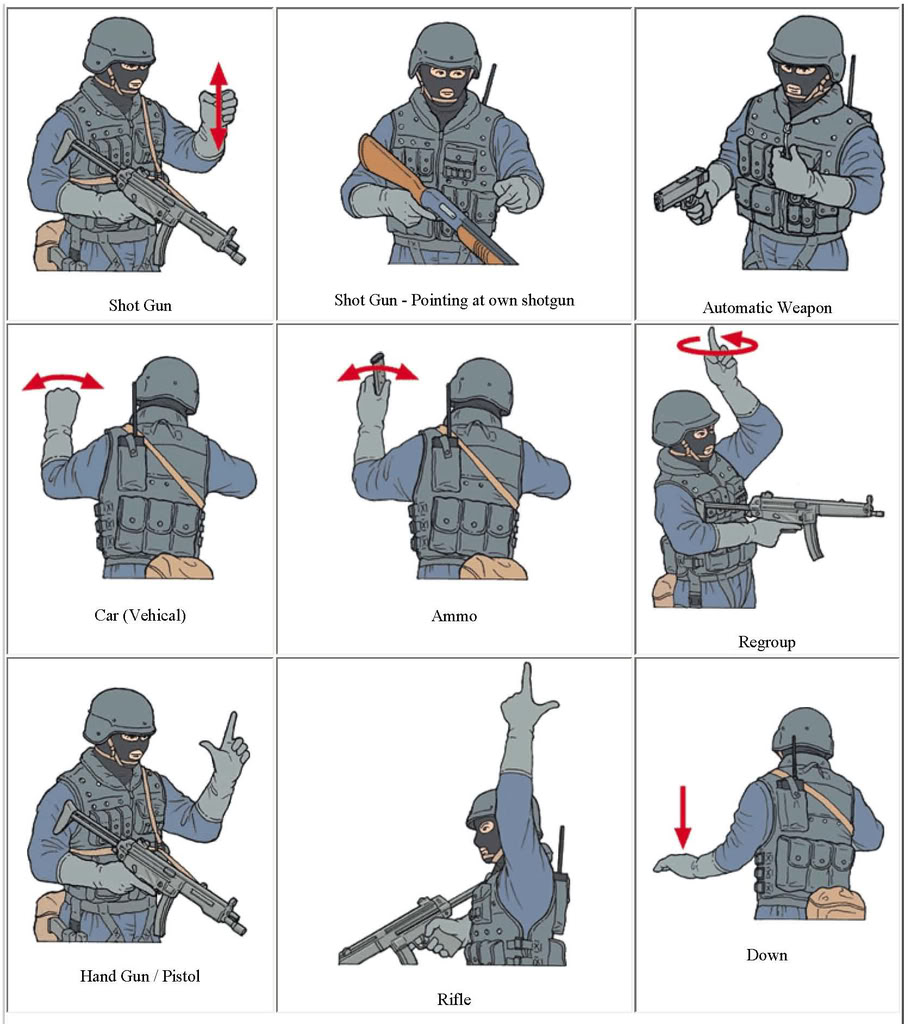
The signal's straightforward: extend your left arm out, hand pointing downwards, palm facing the drivers at your rear. It's a clear "heads-up" to anyone tailing you. When Should These Signals Be Waved? Hand signals aren't always the go-to; modern vehicles are pretty good at communicating for us.
A Simple Guide to Using Hand Signals While Driving [PHOTOS] The News
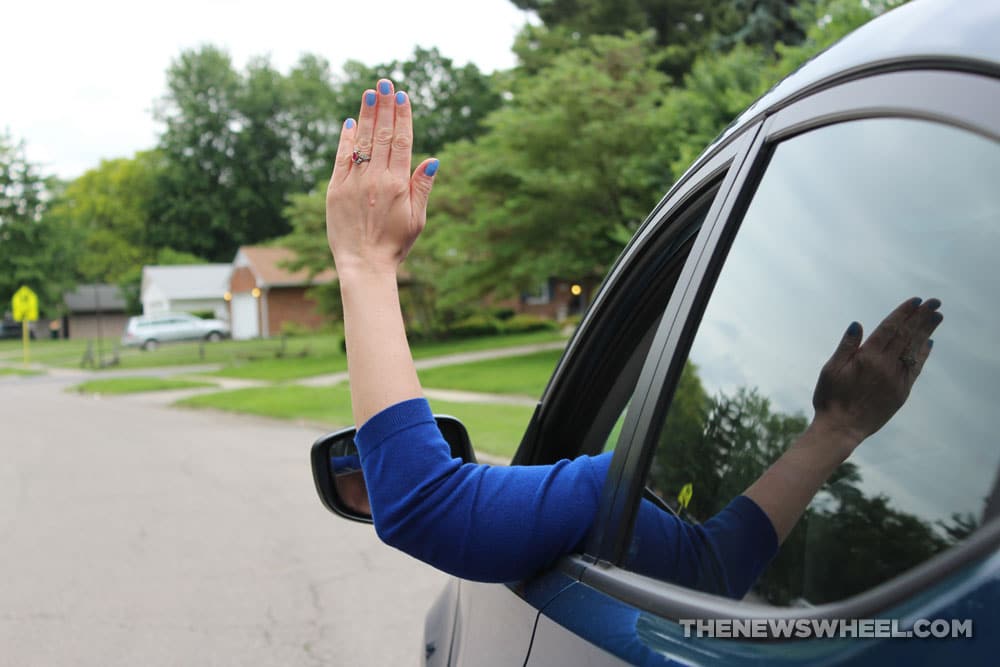
As per the traffic rules, you must start giving the signal minimum at the 100 feet distance. If you are thinking hand rules are only to be practised by the car drivers, you are highly mistaken. The basic hand signals are the same for a bicyclist and motorcyclist.
Workers Guide to Hand Signals for Directing Vehicles Hand signals

The 3 main hand signals for driving are: Turning left. Turning right. Stopping or slowing down . Just like using your turn signals, you should use hand signals in advance of the move you are going to make. Most state law dictates that the appropriate distance is typically about 150 to 200 feet before your turn, or farther if you are traveling.
√ police arm signals for driving 241040What are the hand driving

Your palm should also face forward. Hand Signal for Left turn Extend your left arm straight out the driver's window and point with your index finger when making a left turn. You can also extend your left arm straight out the window and open your palm, facing forward, to signal a left turn.
Arm Signals for Driving The Highway Code Hand Signals
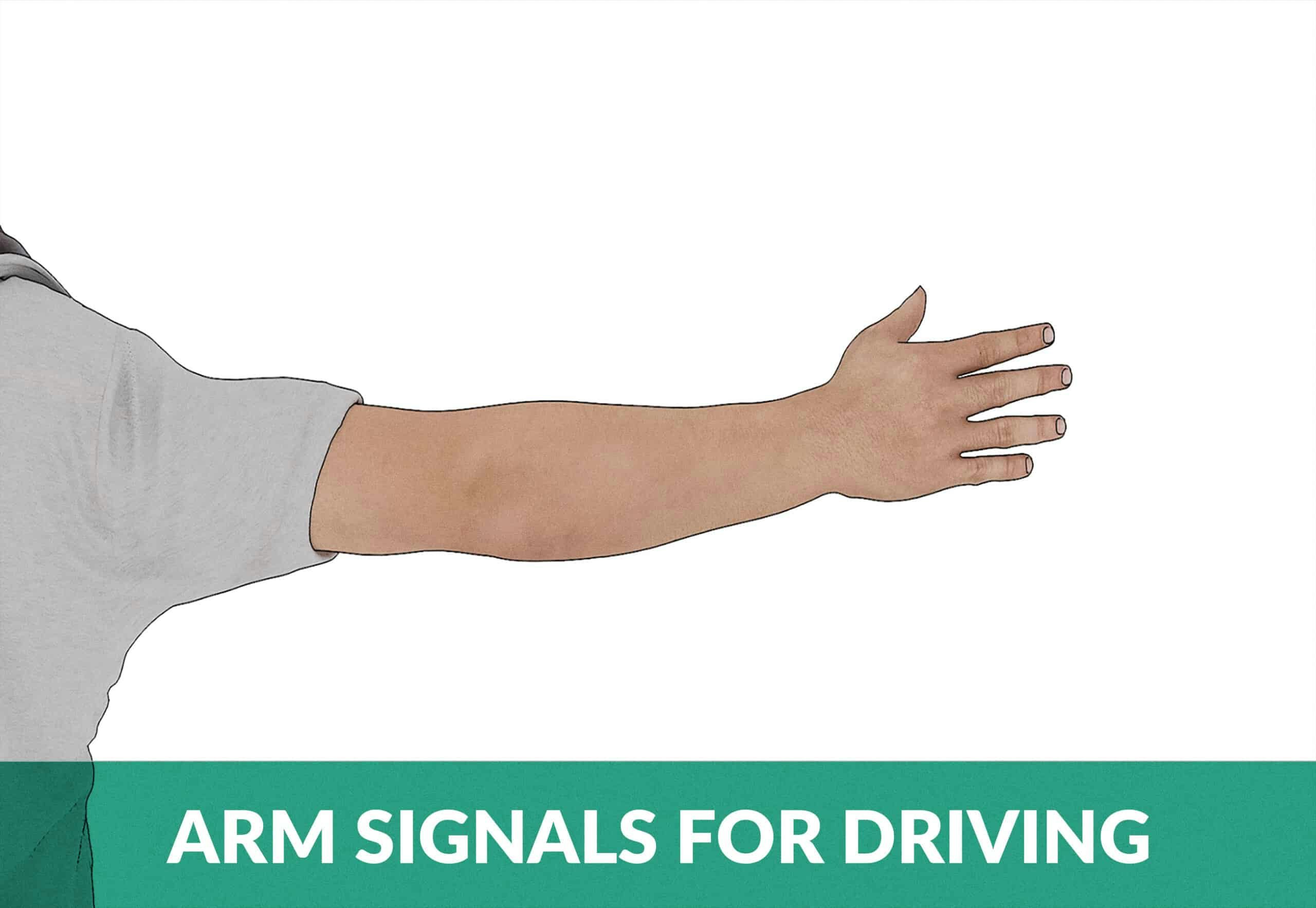
What are the Hand Signals for Driving and Why Do They Matter? 3 basic hand signals: Stop hand signal: extend your arm downwards with your palm facing backward. Left turn hand signal: hold your arm straight out of the window. Right turn hand signal: extend your arm upwards at a 90° angle.
When Visibility is Obstructed Standard Spotter Signals

When turning right or changing lanes from left to right, make a right-hand turn signal by: Extending your left arm out of the driver's side window. Bend the elbow at a 90-degree angle so that the hand is pointing up and your palm is facing forward. Try to make your arm as visible as possible to those around you. Stopping or Slowing
[最も欲しかった] arm signals for driving 298731Arm signals for driving
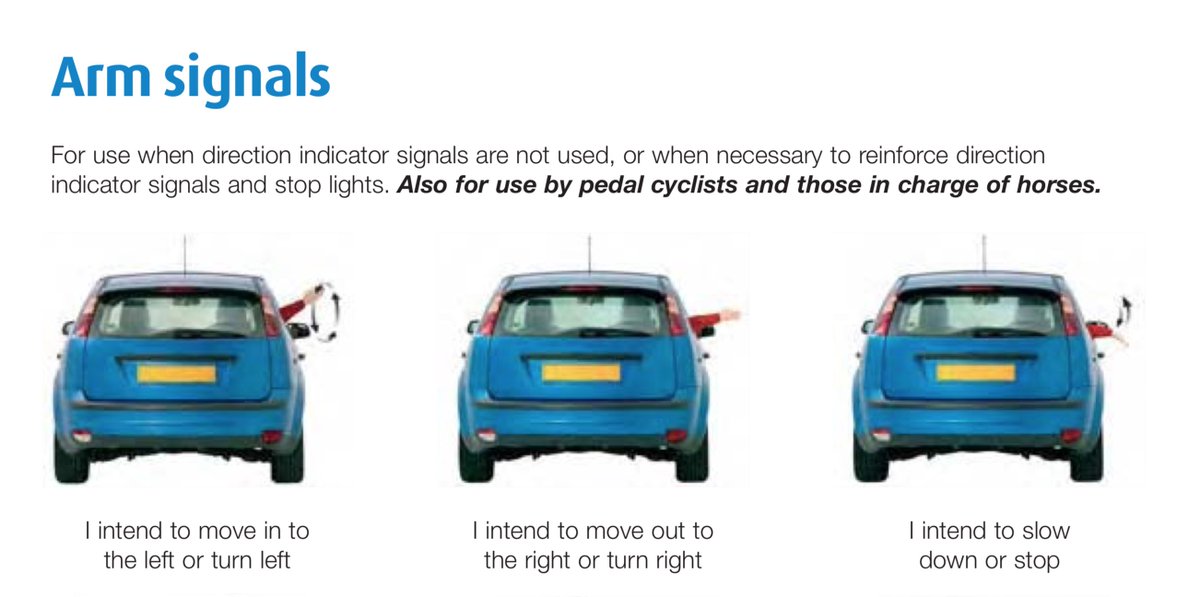
Be intuitive. Obviously, signaling your intentions with your arm out the window isn't the best way to signal. And, this can get cold and awkward if it's snowing or raining. And, other road users might not see it, or they might just think you love to drive with your arm out the window or something.
How to Make Hand Signals for Driving

There are three main hand signals that every motorist and cyclist should become familiar with: Left turn, right turn, and slowing down/stopping. To indicate a left turn, extend your left arm out sideways with all your fingers extended. Alternatively, you can put your left arm out sideways and use your index finger to point left instead.
A Simple Guide to Using Hand Signals While Driving [PHOTOS] The News
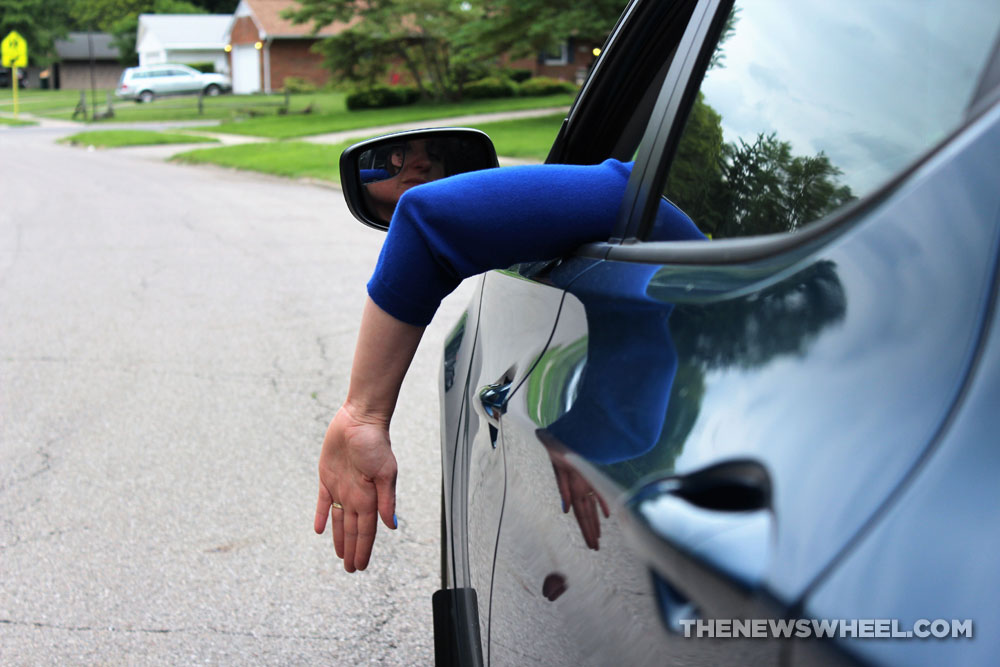
There are three driving hand signals that you must know for most driver's license written tests and road tests, so before you pull up to the DMV be sure to memorize all three of these arm signals. For each of the driver's hand signals, the left arm of the driver is doing the signaling and is extended out of the driver's window. The signal.
How to make hand signals for driving SenSen Driving School Drive

Steer smoothly All steering should be smooth and precise. You should do most steering and lane changes without taking either hand off the wheel. You must be able to steer in a straight line while shifting gears, adjusting controls or checking your blind spot.
Top Hand Signals for Driving
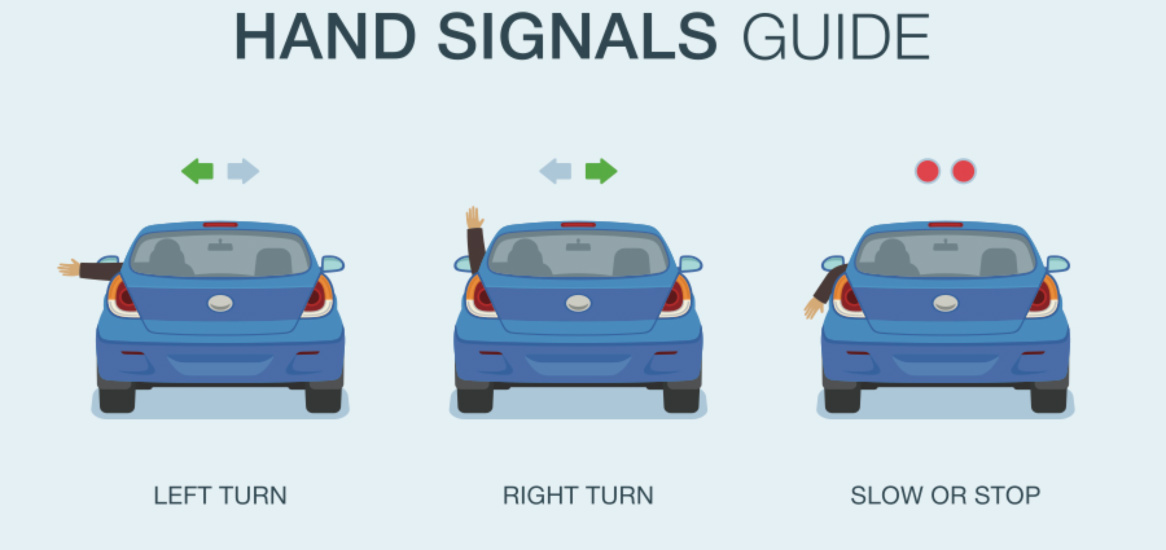
There are three basic hand signals for a car to use when your signal lights are not working: turn left, turn right, and stop or slow down. Extend your left arm out to signal a left turn. Make an upwards right angle to signal a right turn. And make a downwards right angle to signal stop or slow-down.
Motorcycle Group Riding Hand Signals Chart
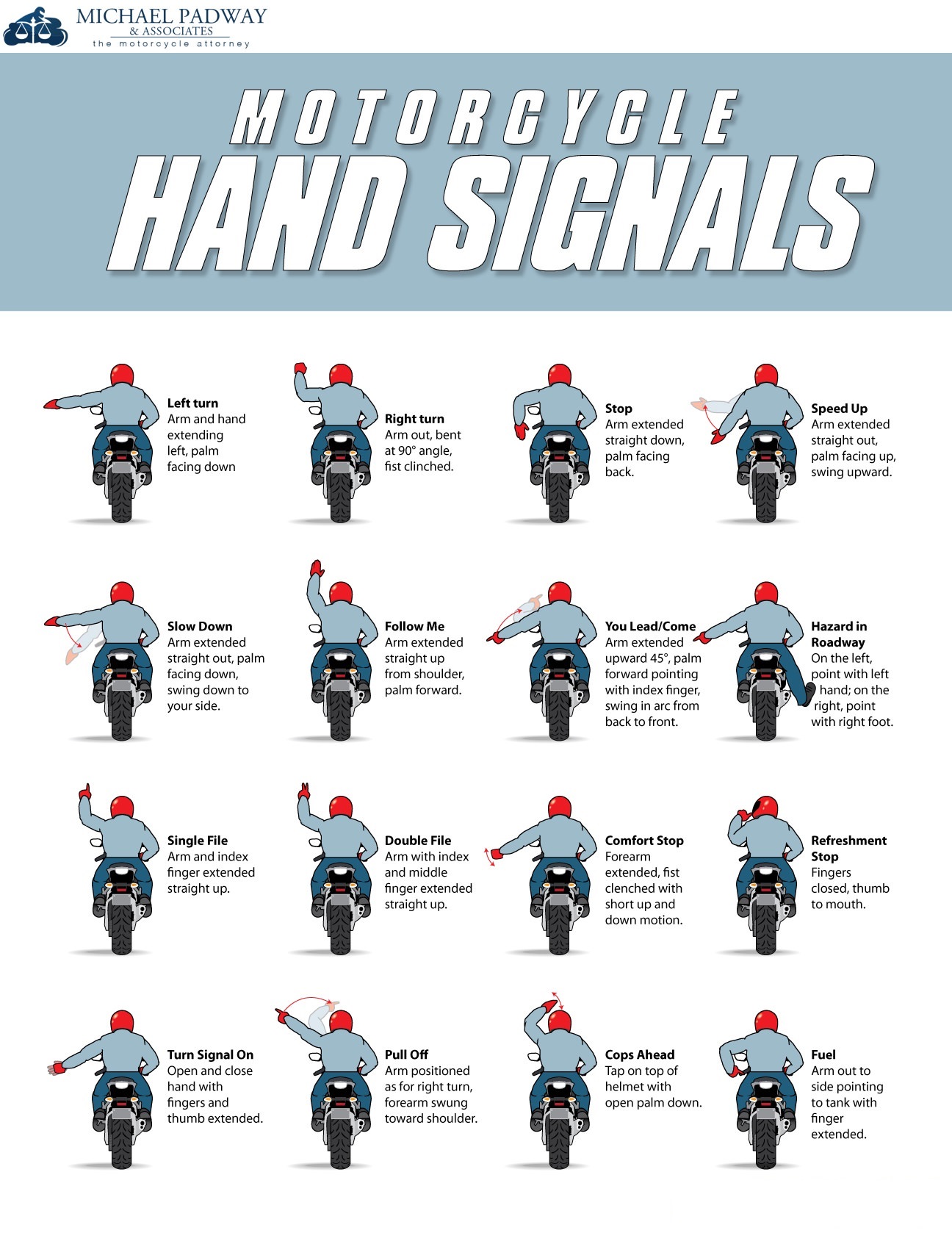
Right Turn Signals. To indicate a right turn, drivers in Ontario, Canada, must use hand signals. The signal is made by extending your right arm and pointing in the direction of the turn. It is crucial to signal early enough so that other drivers have time to react. Signal a few seconds before turning to allow other drivers to adjust their speed.
Universal Motorcycle Hand Signals AuTo CaR
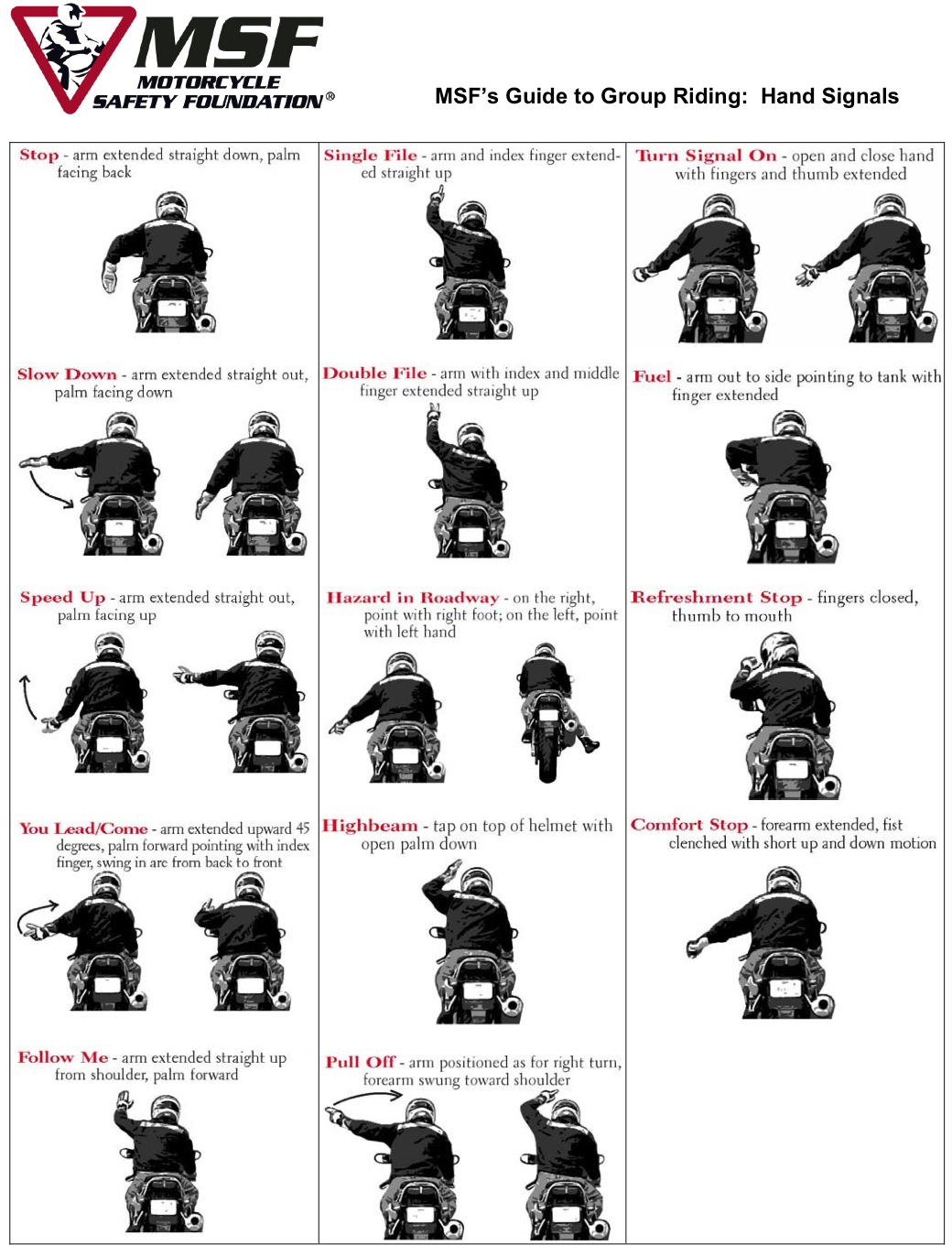
Recognizing and understanding three essential hand signals - stopping, turning left, and turning right - can make you a competent driver. It's important to be aware of the possibility of other drivers using hand signals and know how to respond accordingly, especially when driving near classic cars or in situations where visibility is reduced.
A Simple Guide to Using Hand Signals While Driving [PHOTOS] The News
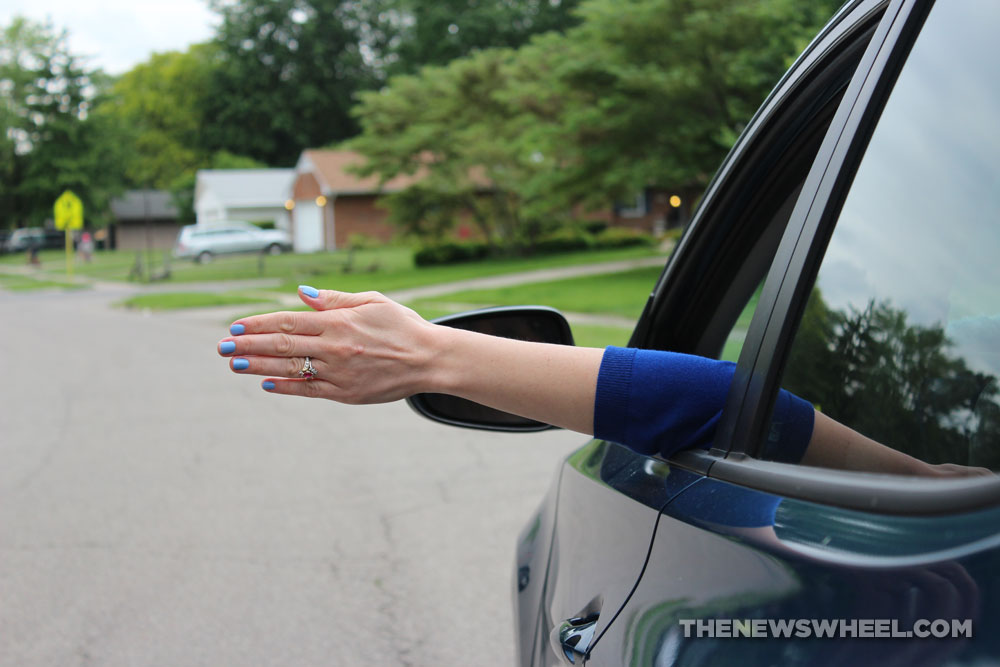
Your signal lets other drivers, cyclists, and pedestrians know your intentions. You must give a proper turn signal at least 100 ft (200 ft in some states, e.g.,Indiana) before turning or changing lanes. Consult your state's Drivers handbook for details. If your vehicle's turn signals do not work, use hand signals as shown in the next slides.